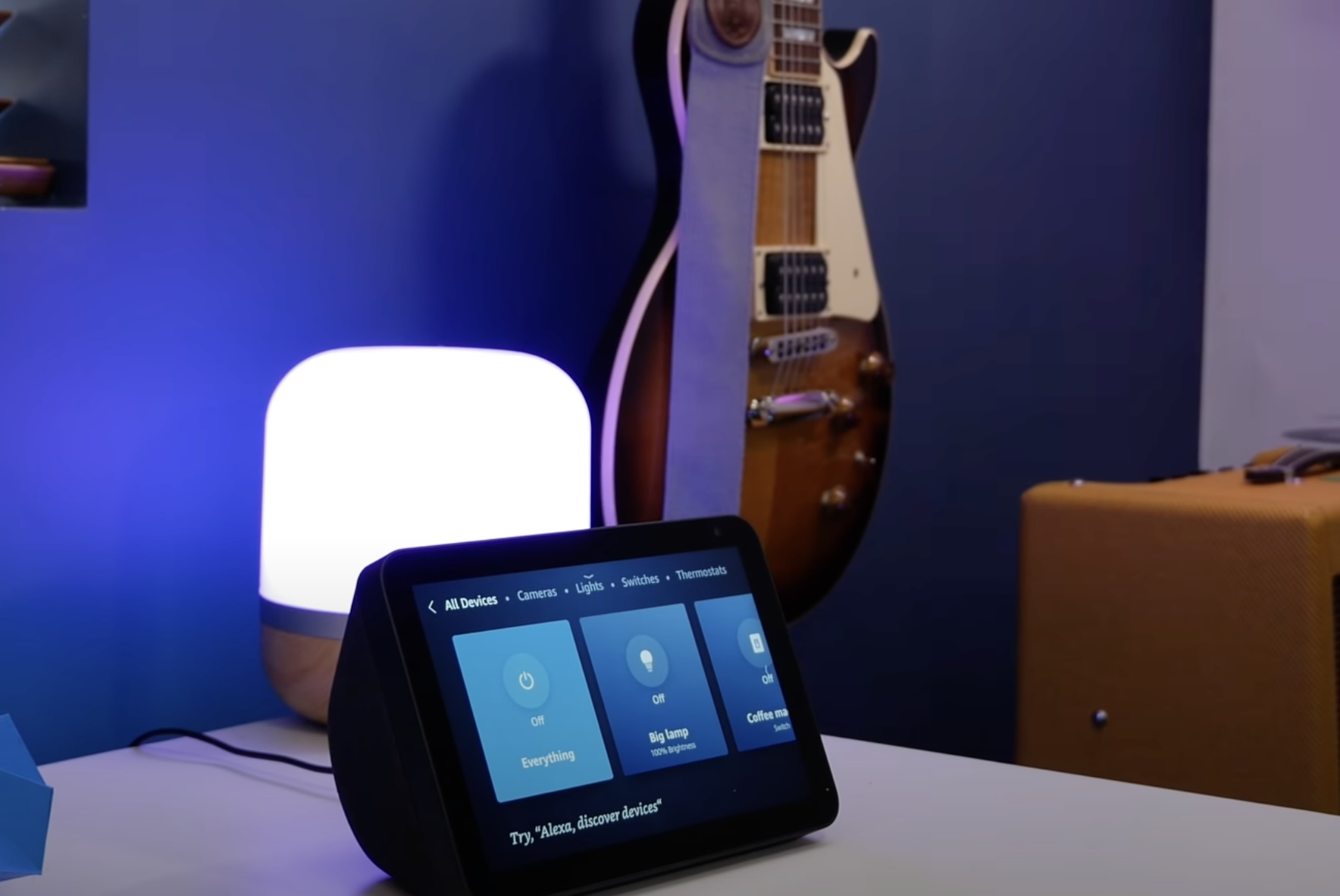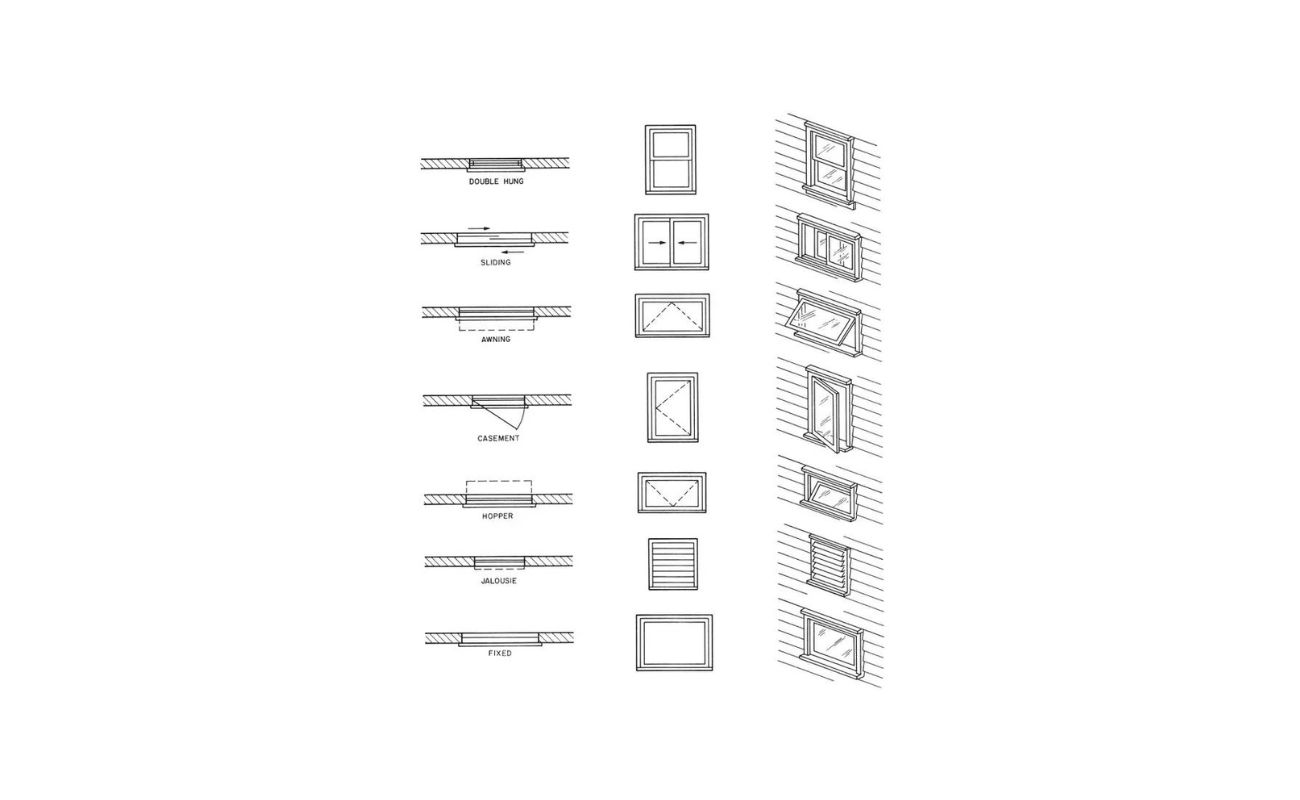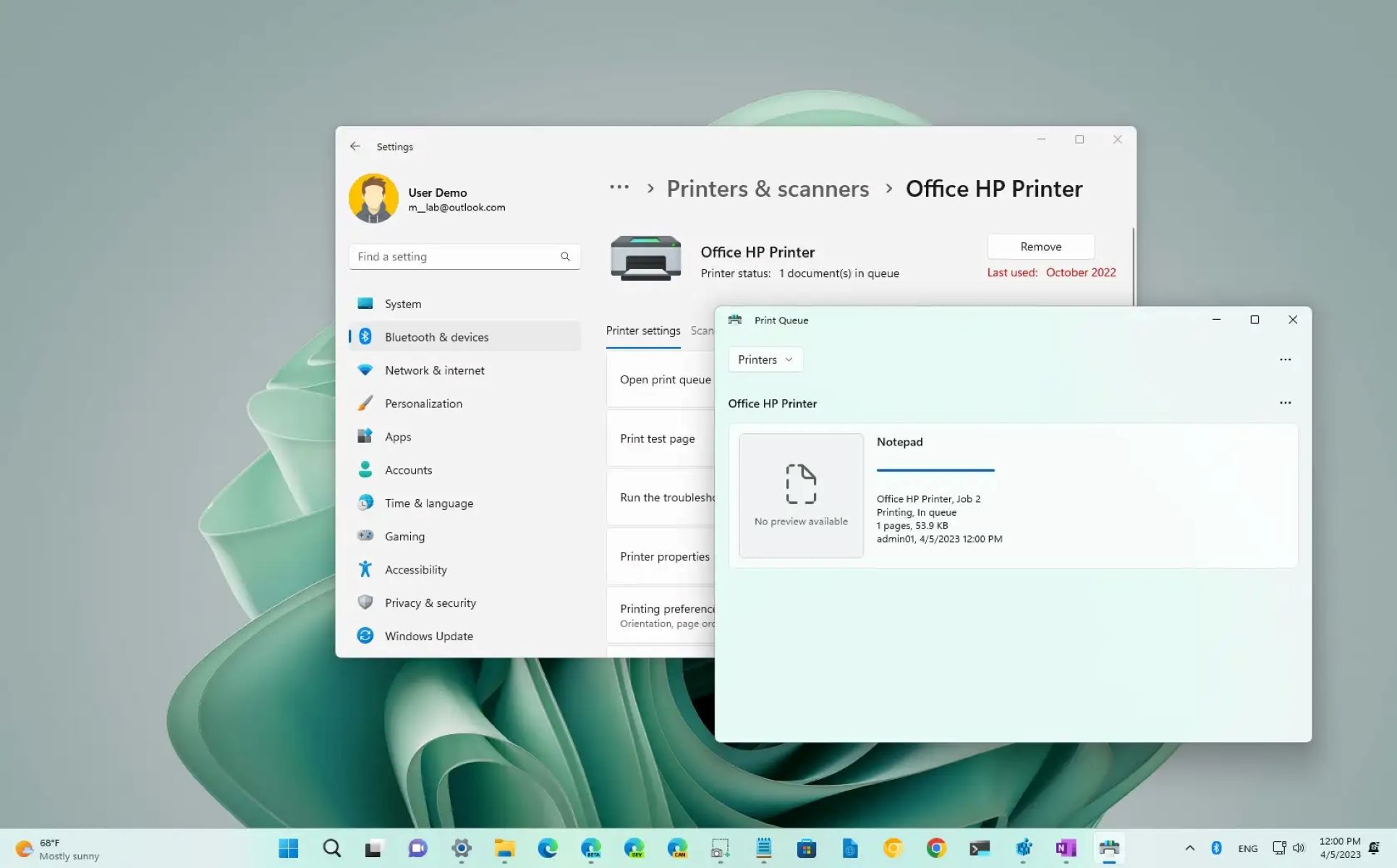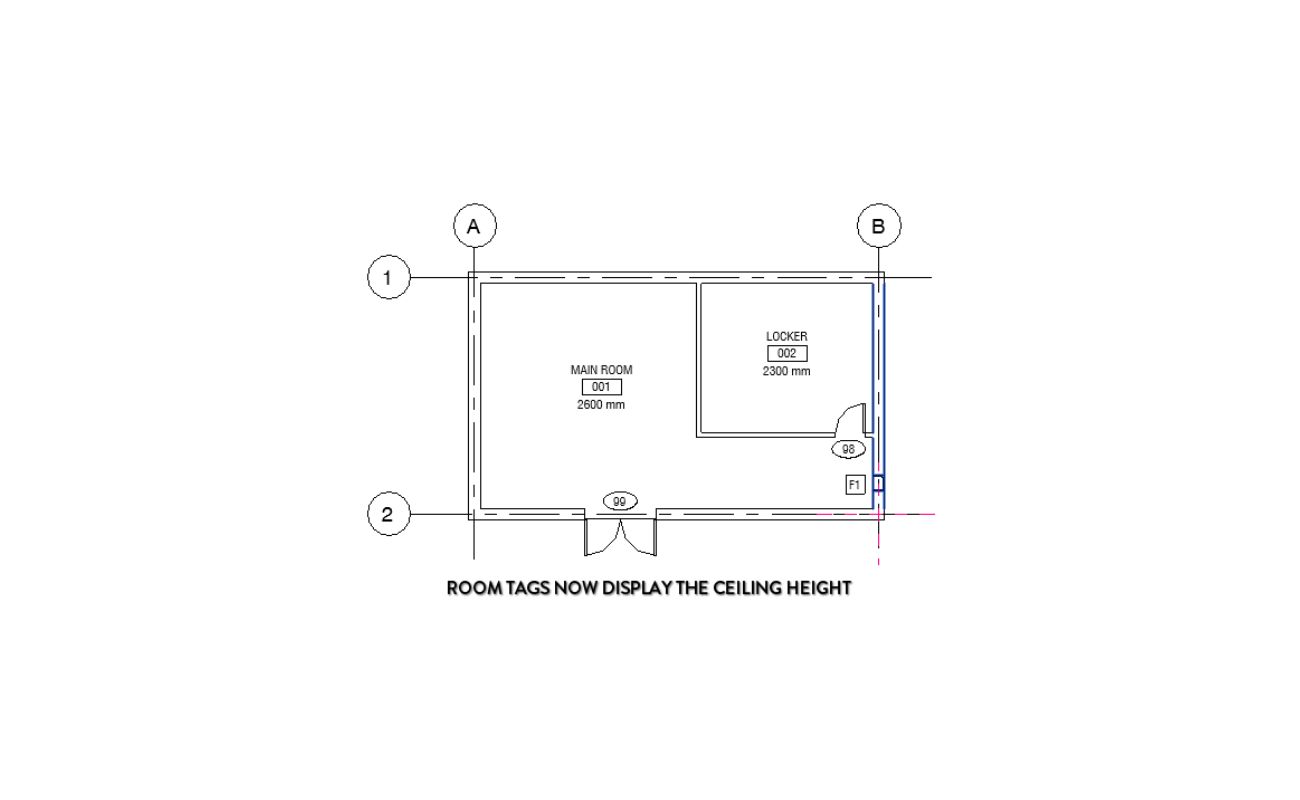Home>Technology>Home Entertainment Systems>How To Punctuate Television Shows


Home Entertainment Systems
How To Punctuate Television Shows
Published: December 20, 2023
Learn how to properly punctuate television shows for your home entertainment systems. Find expert tips and guidelines for punctuating TV show titles.
(Many of the links in this article redirect to a specific reviewed product. Your purchase of these products through affiliate links helps to generate commission for Storables.com, at no extra cost. Learn more)
Introduction
Television shows have become an integral part of our daily lives, offering a diverse range of entertainment and educational content. Whether it's a gripping drama, a side-splitting comedy, or an enlightening documentary, television shows captivate audiences worldwide. However, behind the scenes, there's an often-overlooked aspect that plays a crucial role in delivering a seamless viewing experience: punctuation. Punctuation in television shows is not just about grammar and syntax; it's a fundamental element that shapes the narrative, guides the rhythm of dialogues, and ensures clarity in communication.
In this article, we'll delve into the intricacies of punctuating television shows, exploring the essential rules, common mistakes to avoid, and advanced techniques that elevate the viewing experience. Understanding the nuances of punctuation in television shows not only enhances the quality of the content but also contributes to the overall viewer engagement. So, let's embark on a journey through the world of punctuating television shows, where every comma, dash, and ellipsis holds the power to transform the storytelling landscape.
Key Takeaways:
- Punctuation in television shows shapes characters’ emotions, dialogue rhythm, and visual impact, enhancing the viewing experience and fostering audience engagement.
- Mastering punctuation rules and techniques elevates the quality of television show scripts, infusing depth, nuance, and resonance into the storytelling.
Read more: What Television Shows Are On Hulu?
Importance of Punctuation in Television Shows
Punctuation serves as the invisible conductor in the symphony of television shows, orchestrating the cadence of dialogues, infusing emotions into scripts, and guiding the audience through the narrative with precision. Its significance extends beyond mere grammatical correctness; punctuation breathes life into the script, shaping the characters’ personalities, intensifying dramatic pauses, and injecting humor into comedic exchanges.
One of the pivotal roles of punctuation in television shows is to convey the intended tone and emotion. A well-placed exclamation mark amplifies excitement, while a subtle ellipsis creates an air of mystery. Moreover, the strategic use of punctuation marks such as commas, semicolons, and em dashes influences the pacing and rhythm of dialogues, allowing actors to deliver their lines with natural cadence and emotional depth.
Furthermore, punctuation ensures clarity and coherence in communication. In fast-paced scenes or complex dialogues, the absence of proper punctuation can lead to misunderstandings or ambiguity. Whether it’s delineating between similar-sounding words through apostrophes, indicating pauses with commas, or demarcating dialogue attributions with quotation marks, meticulous punctuation is essential for seamless comprehension.
Equally important is the role of punctuation in shaping the visual presentation of television shows. Captions, subtitles, and on-screen text rely on accurate punctuation to convey the intended meaning effectively. Consistent and precise punctuation in these visual elements enhances accessibility for viewers, especially those with hearing impairments or language barriers.
Moreover, in the age of social media and digital communication, the impact of punctuation on viewer engagement cannot be overstated. Memorable lines punctuated with finesse often become iconic catchphrases, sparking discussions, memes, and fan engagement. Punctuation, when used innovatively, can transform a mundane line into a viral sensation, fostering a deeper connection between the audience and the show.
In essence, punctuation in television shows is the silent yet influential storyteller, weaving together the fabric of emotions, clarity, and visual impact. Its role transcends the confines of grammar, resonating with viewers on a subconscious level and enriching the overall viewing experience.
Basic Punctuation Rules for Television Shows
Mastering the basic punctuation rules is essential for crafting compelling and coherent television shows. These foundational guidelines serve as the building blocks of effective communication and storytelling, ensuring that the nuances of dialogue and narration are conveyed with clarity and impact.
- Quotation Marks: When punctuating dialogue, it’s crucial to enclose spoken words within double quotation marks. For example, “I can’t believe you said that,” she exclaimed. Additionally, single quotation marks are used to denote quotes within dialogue.
- Commas: Commas play a vital role in indicating natural pauses, separating items in a list, and distinguishing clauses within a sentence. In dialogue, commas are used to separate quoted speech from the rest of the sentence, as well as to signal pauses and nuances in intonation. For instance, “I’ll be there in a minute,” he said, with a reassuring smile.
- Em Dashes: Em dashes are employed to denote sudden interruptions, abrupt shifts in thought, or emphatic interjections within dialogue. They add a dynamic flair to the characters’ expressions and interactions, injecting a sense of immediacy and authenticity into the exchanges. For example, “I thought I heard something—never mind, it was just the wind.”
- Ellipses: Ellipses are used to signify trailing off, hesitant speech, or lingering thoughts. They create a sense of anticipation and contemplation within dialogue, allowing for poignant moments of reflection and suspense. “I don’t know…maybe we should just leave it be,” she murmured, her voice trailing off.
- Exclamation Marks and Question Marks: These punctuation marks are instrumental in conveying heightened emotions, urgency, and interrogative tones within dialogue. They infuse energy and curiosity into the characters’ expressions, amplifying the impact of their words. “Look out!” he shouted. “What are you doing here?” she inquired, her brow furrowed in concern.
By adhering to these basic punctuation rules, television show writers and creators can imbue their scripts with authenticity, emotional resonance, and fluidity. These seemingly small details collectively contribute to the immersive and captivating nature of the viewing experience, fostering a deeper connection between the audience and the narrative unfolding on screen.
When punctuating television show titles, use italics for the title of the show and quotation marks for the title of an episode within the show. For example: The Office (italicized) and “Diversity Day” (in quotation marks).
Common Punctuation Mistakes to Avoid
While mastering the art of punctuating television shows, it’s crucial to be mindful of common pitfalls that can detract from the impact and cohesiveness of the script. By steering clear of these prevalent punctuation mistakes, writers and creators can elevate the quality of their content and ensure a seamless viewing experience for the audience.
- Overusing Exclamation Marks: Excessive use of exclamation marks can diminish their impact, leading to a sense of artificiality and melodrama. Instead, reserve exclamation marks for moments of genuine urgency, surprise, or heightened emotion to maintain their effectiveness.
- Incorrect Quotation Mark Usage: Misplacing or omitting quotation marks in dialogue can result in confusion regarding the speaker’s identity or the boundaries of quoted speech. Ensure that each character’s dialogue is enclosed within the appropriate quotation marks, and that quotes within dialogue are delineated with single quotation marks.
- Inconsistent Dash Usage: Inconsistency in employing em dashes for interruptions or abrupt shifts in dialogue can disrupt the flow and coherence of the characters’ interactions. Maintain uniformity in using em dashes to convey interruptions and emphatic interjections, enhancing the natural rhythm of the dialogue.
- Ellipses Overload: Excessive use of ellipses can dilute their impact and create a sense of prolonged hesitation or ambiguity. Exercise restraint when incorporating ellipses, employing them selectively to convey genuine pauses, trailing thoughts, or unresolved sentiments within dialogue.
- Unnecessary Comma Splices: Comma splices, which involve joining two independent clauses with a comma but no coordinating conjunction, can disrupt the flow of dialogue and lead to awkward phrasing. Utilize appropriate conjunctions or consider employing semicolons to connect independent clauses effectively.
By steering clear of these common punctuation mistakes, television show writers and creators can uphold the integrity of their scripts, ensuring that the nuances of dialogue, emotion, and pacing are conveyed with precision and impact. Embracing meticulous punctuation practices not only enhances the professionalism of the content but also fosters a deeper engagement with the audience, fostering an immersive and compelling viewing experience.
Advanced Punctuation Techniques for Television Shows
Beyond the foundational rules of punctuation, advanced techniques offer writers and creators the opportunity to infuse their television shows with depth, nuance, and artistic flair. By harnessing these sophisticated punctuation strategies, the narrative can be enriched, character dynamics can be heightened, and the viewing experience can be elevated to new heights of immersion and emotional resonance.
- En Dash for Ranges and Connections: The en dash, often overlooked in everyday writing, serves as a powerful tool for denoting ranges, connections, and relationships within dialogue and visual elements. Whether expressing time intervals, character associations, or interconnected storylines, the en dash lends clarity and precision to the narrative. For instance, “The event will take place from 7:00–9:00 p.m.,” or “The protagonist–antagonist dynamic is central to the plot.”
- Hyphens for Compound Adjectives: Employing hyphens to link compound adjectives ensures coherence and eliminates ambiguity in descriptions within dialogue and visual text. This technique enhances the clarity and impact of character attributes, scene depictions, and thematic elements. For example, “The well-dressed, quick-witted protagonist captivated the audience.”
- Parentheses for Subtle Emphasis and Insights: Parentheses serve as a discreet yet potent tool for conveying subtle emphasis, additional context, or internal musings within dialogue and narrative descriptions. By incorporating parenthetical expressions, writers can offer nuanced insights into characters’ inner thoughts and motivations, enriching the storytelling experience. For instance, “She spoke with unwavering confidence (a stark contrast to her usual demeanor), leaving the audience captivated.”
- Colon for Emphatic Introductions and Explanations: The colon, when utilized judiciously, imparts a sense of authority and emphasis, making it ideal for introducing pivotal dialogue, revelations, or explanations within the script. This technique accentuates key moments, revelations, and thematic significance, commanding the audience’s attention and enriching the narrative depth. For example, “His words echoed through the room: ‘The truth will finally come to light.'”
- Semicolon for Deliberate Pauses and Parallel Structures: Incorporating semicolons enables writers to craft deliberate pauses and establish parallel structures within dialogue, fostering a sense of continuity and rhythm. This technique lends a sophisticated cadence to the characters’ exchanges and introspective monologues, elevating the eloquence and depth of the script. For instance, “She pondered the choices before her; each path held profound consequences.”
By embracing these advanced punctuation techniques, television show creators can infuse their scripts with subtlety, sophistication, and multi-dimensional storytelling. These nuanced punctuation strategies not only elevate the quality of the content but also resonate with the audience on a profound level, fostering a profound connection and appreciation for the artistry of the narrative.
Conclusion
The world of television shows is a tapestry of storytelling, emotion, and human connection, woven together by the often-underestimated power of punctuation. From the subtle nuances of commas to the emphatic cadence of exclamation marks, punctuation serves as the silent architect of dialogue, infusing scripts with authenticity, clarity, and resonance.
Throughout this exploration of punctuating television shows, we’ve unraveled the intricate role of punctuation in shaping the viewing experience. It’s evident that beyond its grammatical function, punctuation breathes life into characters, guides the rhythm of conversations, and amplifies the emotional impact of the narrative. By adhering to basic punctuation rules, steering clear of common mistakes, and embracing advanced techniques, writers and creators can craft scripts that captivate, resonate, and endure in the hearts of audiences.
As we navigate the landscape of television shows, let’s recognize punctuation as a powerful ally in the art of storytelling. Its influence extends far beyond the confines of grammar, permeating the very essence of the human experience. From the poignant ellipses that evoke contemplation to the authoritative colons that herald revelations, each punctuation mark contributes to the symphony of emotions and revelations that unfold on screen.
Ultimately, the mastery of punctuation in television shows transcends technical proficiency; it embodies the artistry of communication, the subtlety of expression, and the profound impact of human connection. As creators and viewers alike, let’s embrace the punctuation marks that shape our narratives, for within them lie the echoes of laughter, the whispers of love, and the crescendos of triumph that define the essence of storytelling.
So, as the credits roll and the curtain falls, let’s celebrate the indelible mark of punctuation in television shows, for it is the silent architect of unforgettable moments, enduring emotions, and timeless tales.
Frequently Asked Questions about How To Punctuate Television Shows
Was this page helpful?
At Storables.com, we guarantee accurate and reliable information. Our content, validated by Expert Board Contributors, is crafted following stringent Editorial Policies. We're committed to providing you with well-researched, expert-backed insights for all your informational needs.















0 thoughts on “How To Punctuate Television Shows”